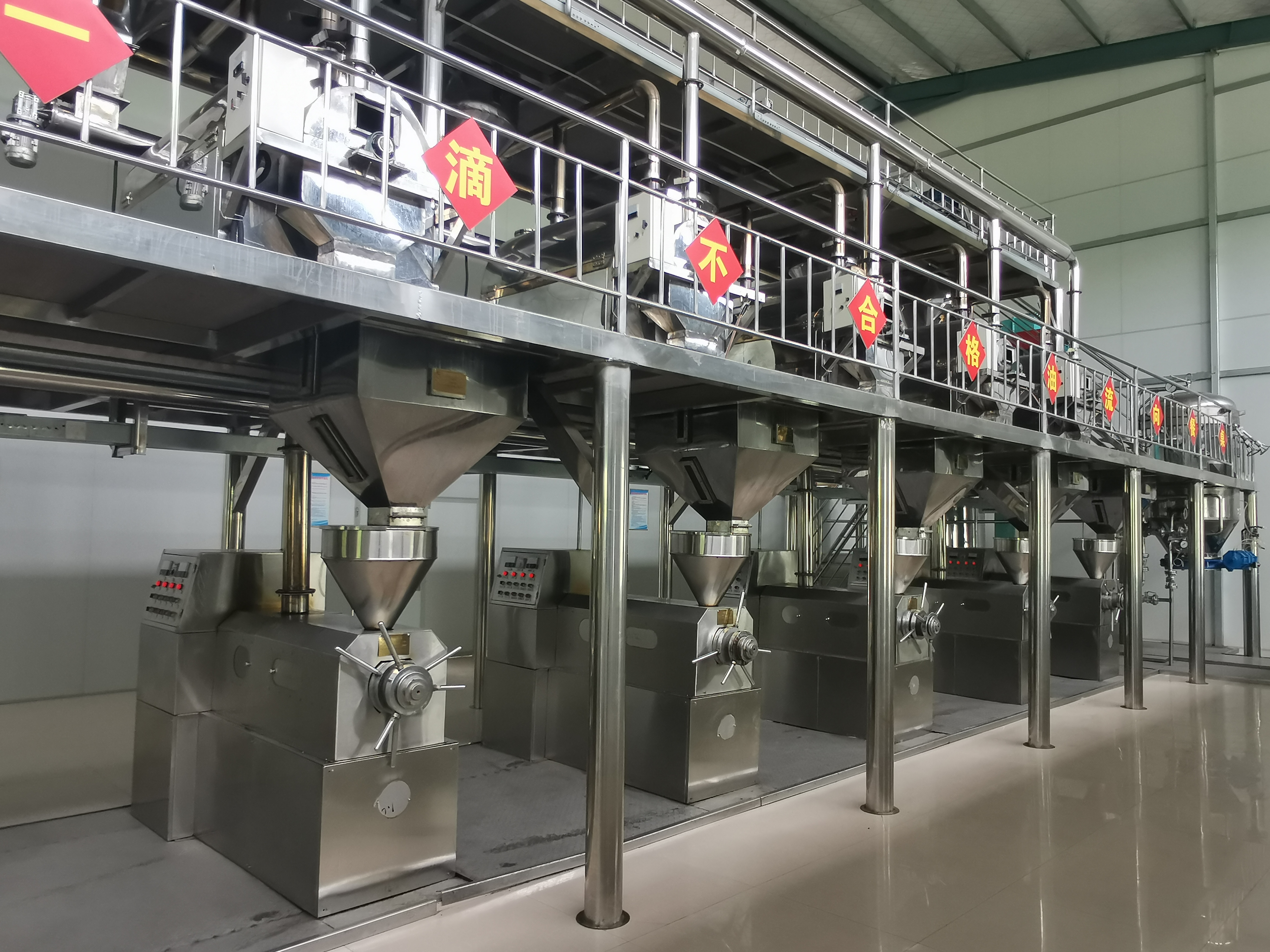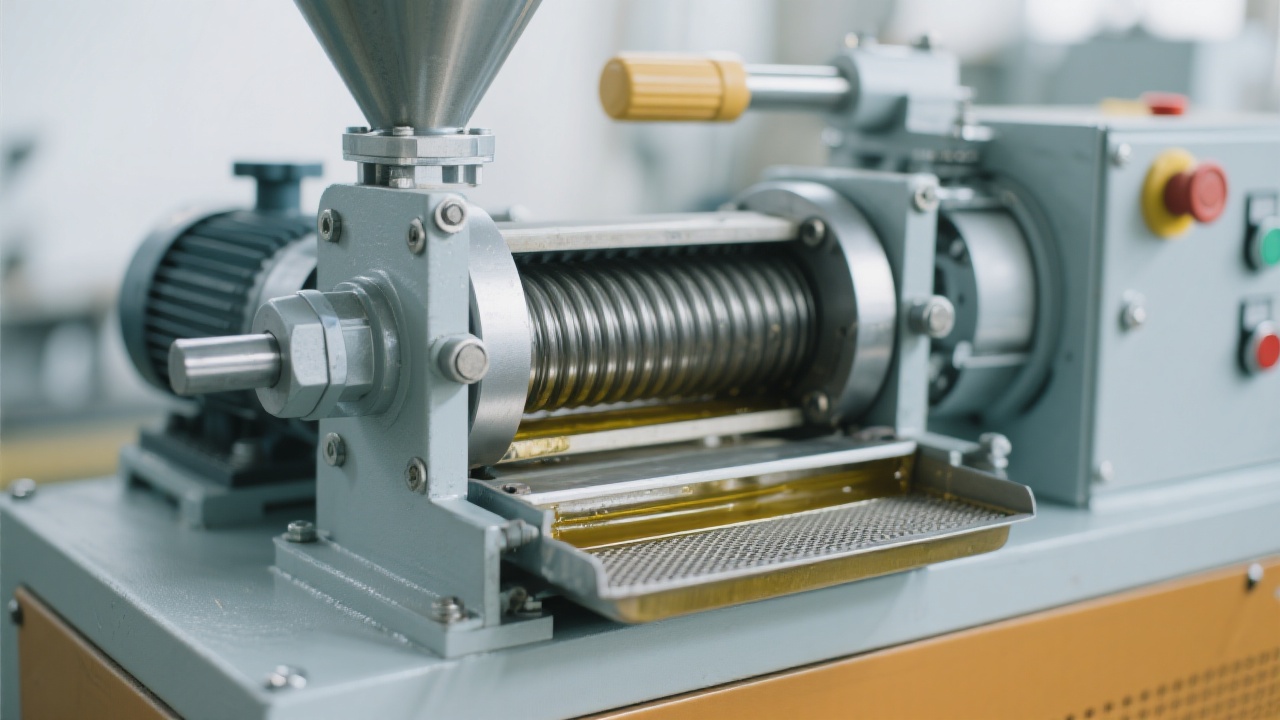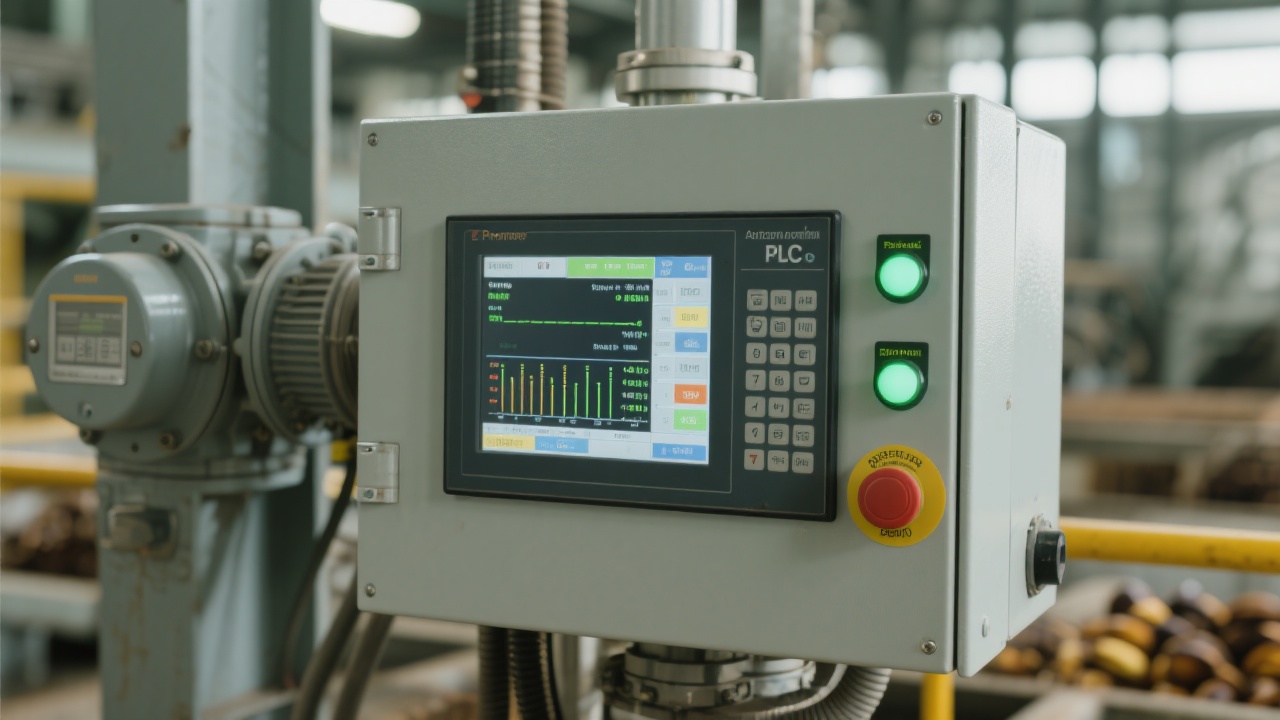
In the automated production of sesame oil, PID control plays a central role. It is the key to enhancing both efficiency and stability in the entire production process. PID, which stands for Proportional (P), Integral (I), and Derivative (D), is a control algorithm that helps in regulating various parameters in the production line.

The proportional (P) parameter determines the immediate response of the system to an error. A higher P value can lead to a faster response but may also cause overshoot. The integral (I) parameter accumulates the error over time and helps in eliminating steady - state errors. The derivative (D) parameter predicts future errors based on the rate of change of the error, which can improve the system's stability by reducing oscillations.
| Parameter | Effect on System |
|---|---|
| Proportional (P) | Immediate response, may cause overshoot if too high |
| Integral (I) | Eliminates steady - state errors |
| Derivative (D) | Reduces oscillations, improves stability |
There are several common problems in sesame oil production lines. For example, large fluctuations in drying temperature can lead to inconsistent quality of the sesame seeds. Low filling accuracy in the bottling process can cause customer dissatisfaction and waste of resources. Frequent equipment shutdowns can disrupt the production schedule and increase maintenance costs.

When facing these problems, a typical fault diagnosis process involves first identifying the symptoms, then analyzing the possible causes, and finally adjusting the relevant PID parameters. For instance, if the drying temperature fluctuates greatly, you can start by checking the temperature sensor, then adjust the P, I, and D parameters of the temperature control loop.
Here is a simple step - by - step guide:
One factory was facing high energy consumption and unstable production. By optimizing the PID parameters in their sesame oil production line, they were able to reduce energy consumption by 30%. The production process became more stable, and the quality of the sesame oil improved significantly.
Regular calibration of PID parameters is essential to ensure the long - term stability and efficiency of the production line. Each production line may have unique characteristics, so personalized customization of PID parameters is also crucial. This can help in achieving the best performance for your specific production needs.

By following the guidelines and techniques mentioned in this article, you can effectively optimize the PID parameters in your sesame oil production line, leading to increased production efficiency, reduced energy consumption, and improved product quality. Click here to get the full PDF version of the PID tuning manual and take your sesame oil production to the next level.

.jpg?x-oss-process=image/resize,h_800,m_lfit/format,webp)

.jpg?x-oss-process=image/resize,h_800,m_lfit/format,webp)




.jpg?x-oss-process=image/resize,h_800,m_lfit/format,webp)


